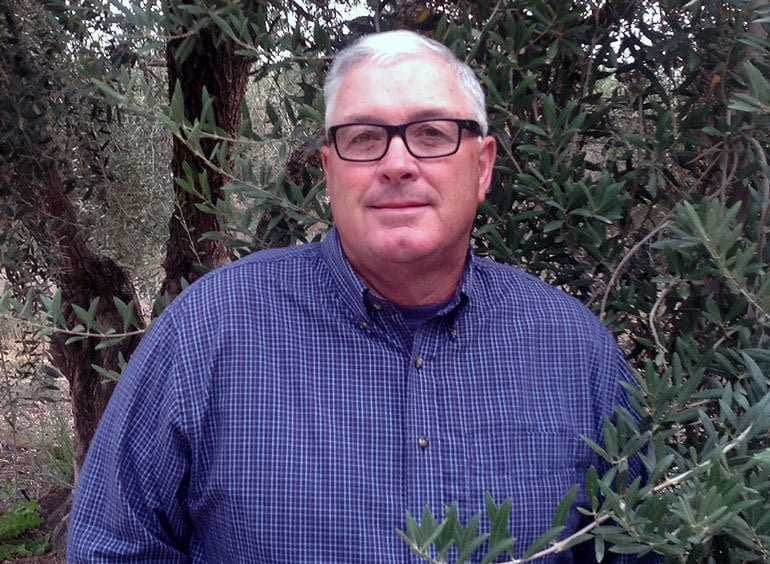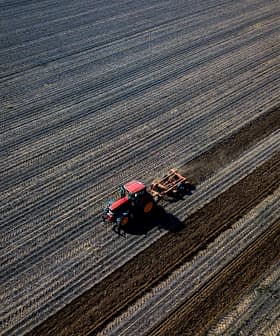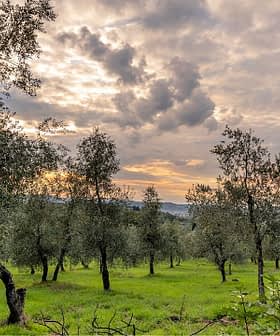
Randy Childress is looking for a job today, all because the third generation of the California family that owned the pioneer olive property he managed decided to call it quits.
He managed a 184-acre farm near Woodlake, with more 70 of those acres in olive trees more than 100 years old. Traditionally they produced four to seven tons per acre, sent for curing and canning. This year, because of unfavorable weather and drought the trees produced only about four and a half tons per acre.
Getting the olives harvested last month was one of Childress’s final stressful assignments. He offered one crew $9 per hour plus $1 per bucket bonus, and was refused. After a a lengthy search he found a crew willing to accept the $9 rate. At that there were few smiles as the pickers spent most of their time climbing or moving ladders, rather than filling their picking buckets. The crop was sparse.
Of course Randy and the harvesting crew are not the only ones disappointed. The owners were reassured that they had made the right decision to sell the property, one of their father’s greatest joys in life. The property has been sold, and will become a citrus farming operation. Randy fears that more olive ranches will come to their demise this way because producing oranges and mandarins is more lucrative.
In California they include olives as one of the state’s many permanent crops. Years like this one destroy permanency, and they destroy jobs. This year might have destroyed Randy Childress’s long standing ties with the olive industry too, but he hopes not. At the least it will be a harsh adjustment.








